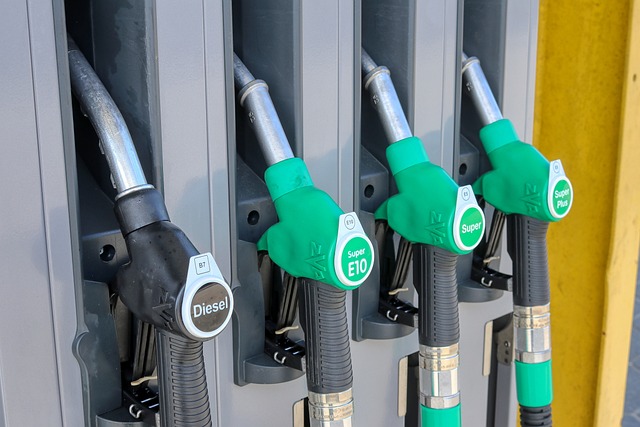Introduction: Ankylosing Spondylitis and the Dysregulated Immune Response
Ankylosing Spondylitis (AS), a type of chronic inflammatory spondyloarthritis, primarily targets the spine and sacroiliac joints. While its precise cause is unknown, a strong genetic predisposition (notably HLA-B27 positivity in many patients) combines with environmental factors to trigger a dysregulated immune response. Instead of protecting the body, the immune system mistakenly attacks tissues in the spine and joints, leading to chronic pain, stiffness, and potentially irreversible vertebral fusion. Emerging evidence firmly places the interleukin-17 (IL-17) signaling pathway at the heart of this inflammatory process.
Interleukin-17 (IL-17): A Powerful Immune Messenger
Interleukin-17 (primarily IL-17A in the context of AS) is a potent pro-inflammatory cytokine—a chemical messenger used by the immune system. Produced mainly by specialized immune cells like T helper 17 (Th17) cells and γδ T cells, IL-17 normally helps defend against certain infections. However, in autoimmune conditions like AS, its production becomes excessive or uncontrolled. IL-17 signals by binding to its receptor (IL-17R) on various cell types (fibroblasts, osteoblasts, immune cells). This interaction acts like an alarm, triggering downstream pathways that release a cascade of other inflammatory molecules—cytokines (like TNF-α), chemokines (which recruit more immune cells), and matrix metalloproteinases (MMPs, enzymes that break down tissue)—driving tissue inflammation and damage.
IL-17 \xrightarrow{binds} IL-17R \rightarrow \text{Cellular Activation} \rightarrow \uparrow(\text{TNF-}\alpha, \text{IL-6, Chemokines, MMPs}) \rightarrow \text{Inflammation & Tissue Damage}The IL-17 Overdrive in Ankylosing Spondylitis
Compelling evidence links hyperactive IL-17 signaling to AS. Patients often exhibit significantly elevated IL-17 levels in their blood serum, synovial fluid (joint fluid), and critically, at the entheses—the sites where ligaments and tendons attach to bone, which are key locations of inflammation in AS. Genetic studies have identified variations in genes related to the IL-17 pathway that increase AS susceptibility. Animal models mimicking AS show that blocking IL-17 activity significantly reduces disease severity. Emerging research suggests factors like alterations in the gut microbiome and increased intestinal permeability ('leaky gut'), sometimes observed in AS patients, might contribute to the overproduction of IL-17.
How IL-17 Fuels AS Pathology

IL-17 contributes to AS through multiple destructive mechanisms. It amplifies inflammation by stimulating the production of other key inflammatory players like TNF-α and IL-6. It promotes bone destruction by activating osteoclasts, the cells responsible for breaking down bone tissue, leading to erosions. IL-17 also triggers the release of MMPs, enzymes that degrade cartilage and connective tissue. Paradoxically, IL-17 signaling is also implicated in promoting pathological new bone formation at sites of inflammation, ultimately contributing to the characteristic joint stiffening and spinal fusion (ankylosis) seen in advanced AS.
- Amplifying the inflammatory cascade (via TNF-α, IL-6)
- Promoting bone erosion through osteoclast activation
- Driving cartilage and tissue breakdown via MMP induction
- Contributing to pathological bone formation and joint fusion
Therapeutic Breakthrough: Targeting IL-17 in AS
Understanding IL-17's pivotal role has revolutionized AS treatment. Specific biologic therapies have been developed to neutralize its effects. Secukinumab and ixekizumab are monoclonal antibodies that directly bind to and inhibit IL-17A. Clinical trials and real-world use have demonstrated their remarkable efficacy in reducing pain and inflammation, improving physical function and quality of life, and significantly slowing the rate of structural damage progression seen on X-rays. These IL-17A inhibitors represent a major therapeutic advance for patients with active AS. Other strategies, like blocking the IL-17 receptor (e.g., brodalumab), are also available or under investigation.
Future Research: Refining Our Understanding and Treatment
Despite the success of IL-17 blockade, research continues. Key areas include identifying biomarkers to predict which patients will respond best to IL-17 inhibitors, understanding the mechanisms behind non-response, and evaluating long-term safety and efficacy. Further investigation is needed into the specific roles of different IL-17-producing cell populations and other IL-17 family members (like IL-17F). Optimizing treatment strategies, potentially involving combination therapies or specific sequencing approaches, and clarifying IL-17's role in related extra-articular manifestations (like uveitis or psoriasis) are also crucial research avenues.